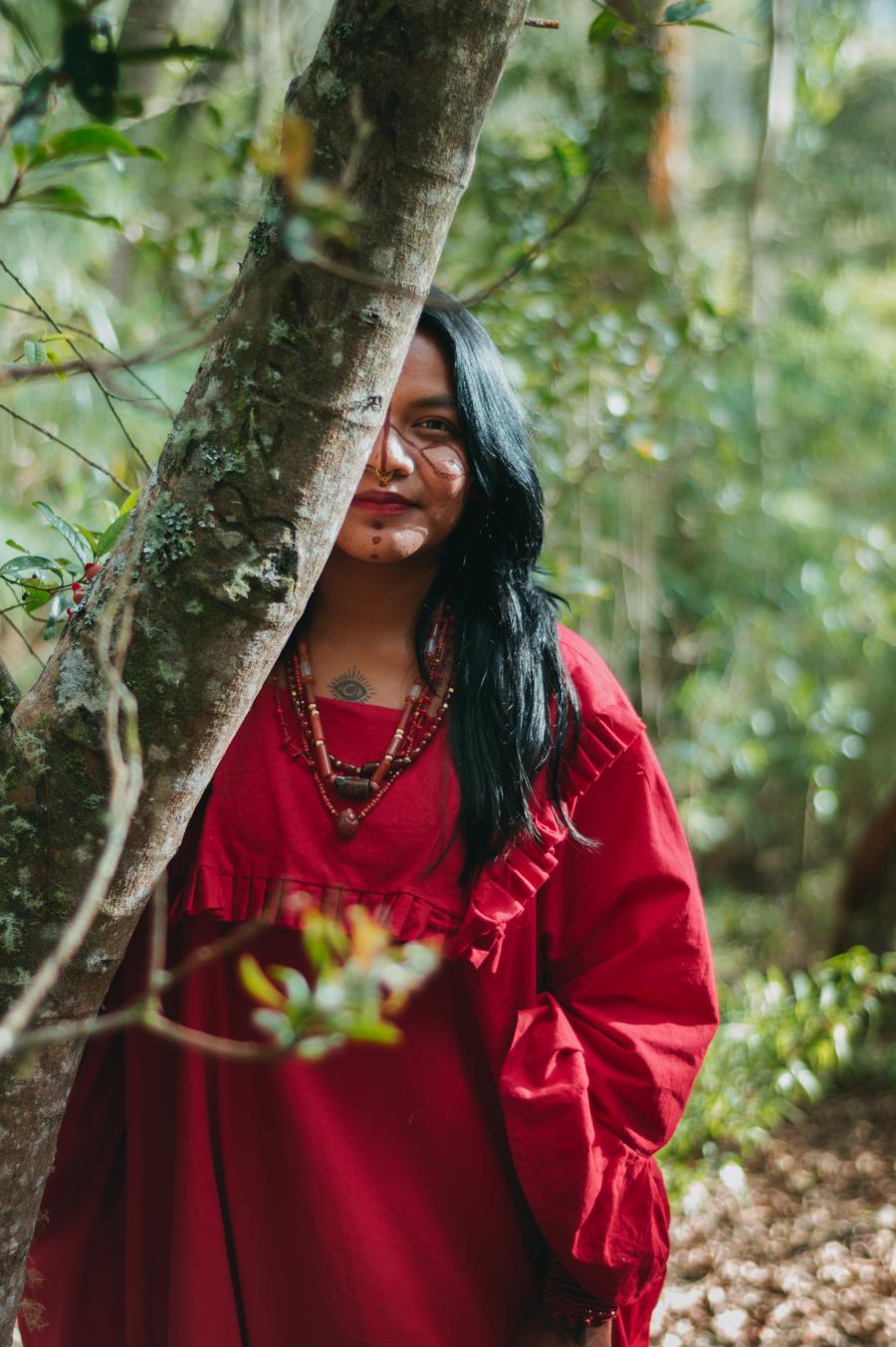Sanumá Memories: Yanomami Ethnography in Times of Crisis.
Most readers of this journal are familiar with the Yanomami of the subtitle from the widely read Yanomamö, The Fierce People, by Napoleon A. Chagnon and Tales of the Yanomami: Daily life in the Venezuelan forest by Jacques Lizot, where they were portrayed as fighters and/or lovers. More recently, news reports have depicted them as victims of governmental development policies that are indifferent to the consequences for the indigenous populations and of the rapacious activities of gold miners and other exploiters of natural resources. The Sanumá of the title and the focus of this ethnography are one of four linguistically and culturally related indigenous people, collectively called Yanomami (the others are the Yanomam, the Yanam, and the Yanomamï), all of whom live in the tropical rainforest of northwestern Brazil and southern Venezuela.
In Part 1 of Sanumá Memories Alcida Ramos provides us with a detailed picture of how the Sanumá perceive the organization of their villages, its relationship to political leadership, kinship ties and marriages in terms of their concepts of time and space. She shows, for example, how an ambitious male gathers around himself a group consisting of his wives and children as well as numerous brothers and sisters. The more sisters and daughters he has, the more brothers-in law and sons-in-law he can attract to his village. At the same time he tries to marry orphans and widow. If he can do so, he avoids being a son-in-law with its obligations of providing economic support for his wife's parents and the constraints against any direct interaction with them, particularly with his mother-in-law who can frustrate his political ambitions. But his power is based not simply on his ability to organize the life of his community; he must establish and maintain alliances with other Sanumá and Yanomami villages through the manipulation of trading relationships, kinship ties, and marriage exchanges.
The analysis of Sanumá social organization is made complex by the presence of two groupings based on kinship ties - "sibs" and lineages. All Sanumá are members of one and only one sib, a group composed of those who claim descent through their father from a named ancestor. Sib members are dispersed throughout many villages and provide hospitality and safety for visiting kin. A lineage, on the other hand, consists of the close relatives of a named individual; thus all of its members are referred to as either the son of, the brother of, or the father of that person. Lineages are formed to advance the political ambitions of actual or would-be leaders, and thus they reflect the ebb and flow of political power. Not all Sanumá are members of a lineage.
The use of a personal name to designate a lineage violates the secrecy normally associated with names in Yanomami society; uttering the name of a person or a close relative, particularly of the dead, can result in violence. Despite the prohibition on using them publicly, personal names are widely known. Along with sib membership and place of residence, names provide each individual with a personal identity. The author's analysis in Part 2 of how one gets a name, how names are used, and the significance of names for understanding Yanomami social organization is complex and illuminating. And, given the taboo against using personal names, is a tribute to her skills as a field worker.
Part 3 begins with the history of a rumor about a killing that illuminates her analysis of social networks, the social uses of gossip, attitudes toward outsiders, and the fragility of social relationships. It lays the basis for her analysis of how Sanumá concepts of otherness are changing as a result of contact with non-indigenous groups and individuals. The final chapters describe the impact of economic development on the Yanomami. Her description of her own efforts to stop a malaria epidemic is deeply moving. Apart from the demographic impact of introduced disease, she examines the social and cultural consequences of the ongoing, rapacious exploitation of the natural resources in the Yanomami's traditional homeland.
The title of the book is ambiguous. Does it refer to the author's memories about her twenty-three months of ethnographic fieldwork with the Sanumá in 1968-70 and it refer to the memories of the Sanumá related to her? It is both. And that is what gives this book its special charm. Ramos draws on her personal memories, prodded and enriched by her field notes, to paint a picture of Sanumá social life as they lived or recounted it for her. The result is not lifeless structural analysis, although structural elements are present, but the description of a dynamic, ongoing process of a people coping with the exigencies of daily life. Article copyright Cultural Survival, Inc.

